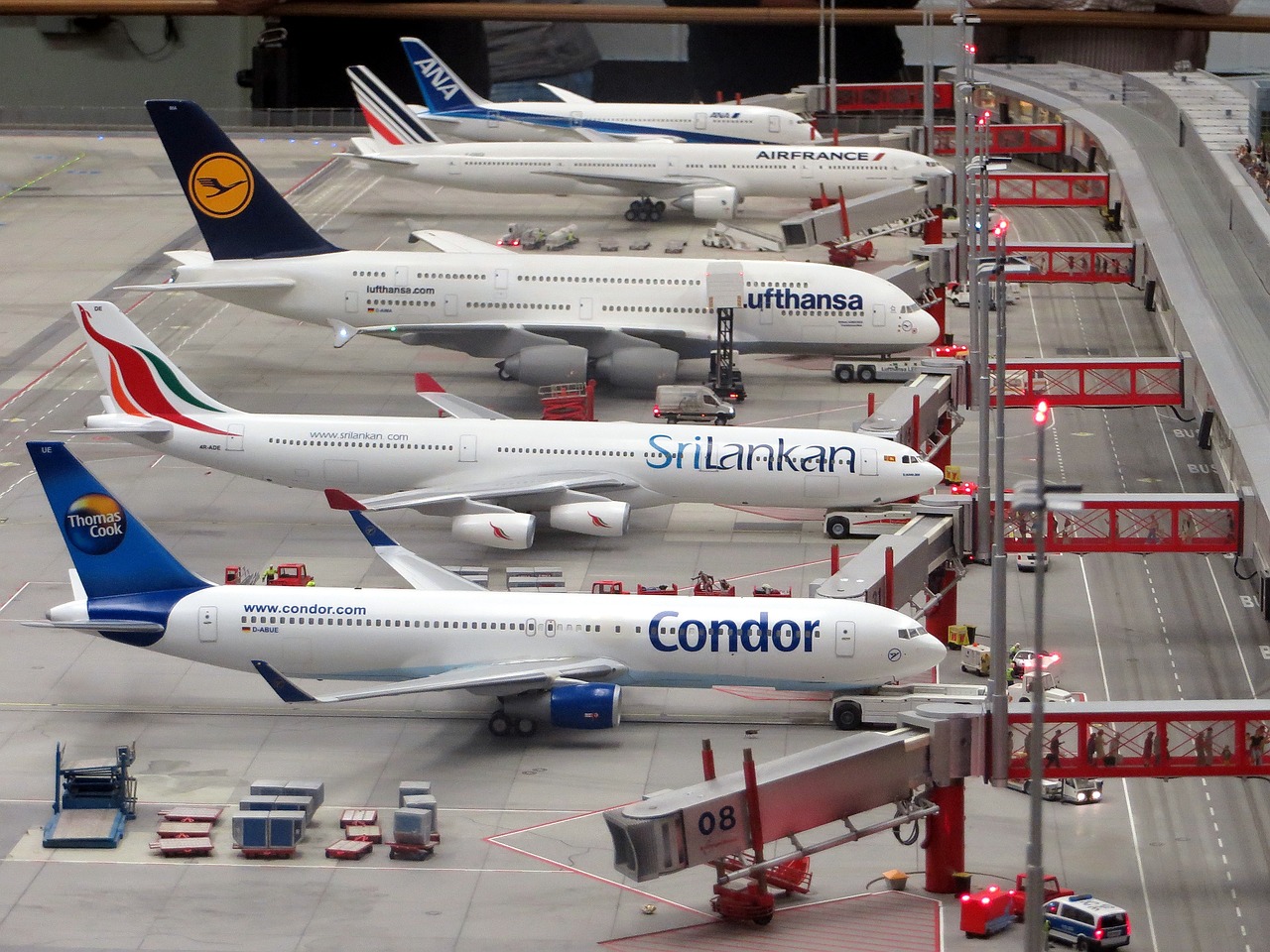IATA has reported that global air traffic
reached 95.7% of pre-COVID levels in August 2023, with revenue
passenger kilometers (RPK) increasing by 28.4% when compared to
August 2022.
Domestic traffic for the month rose 25.4% versus
August 2022 and was 9.2% above the August 2019 results, largely
driven by Chinese domestic demand.
International traffic climbed 30.4% compared to
the same month a year ago, with all markets enjoying double-digit percentage
gains year-on-year. International RPKs reached 88.5% of August
2019 levels.
“Demand for air travel performed well in August,”
said Willie Walsh, IATA’s Director General. “For the year to date,
international traffic has increased by 50% versus last year and
ticket sales data show international bookings strengthening for
travel in the last part of the year.”
Asia-Pacific airlines saw a 98.5% increase in
August 2023 traffic compared to August 2022, and continues to lead
the regions. Capacity climbed 85.5% and the load factor increased
by 5.5 percentage points to 84.2%.
European carriers’ August traffic rose 13.6%
versus August 2022, whilst capacity increased 12.3%, and load factor
edged up 1.1 percentage points to 86.8%.
Middle Eastern airlines posted a 27.3% increase in
August traffic compared to a year ago. Capacity rose 22.7% and
load factor climbed 3 percentage points to 83.1%.
North American carriers had an 18.6% traffic rise
in August 2023 versus the 2022 period. Capacity increased 17.5%,
and load factor improved 0.8 percentage points to 87.7%, which was
the highest among the regions for a third consecutive month.
Latin American airlines’ traffic rose 26.4%
compared to the same month in 2022. August capacity climbed 23.8%
and load factor rose 1.7 percentage points to 86.1%.
African airlines saw a 26.1% traffic increase in
August 2023 versus a year ago. August capacity was up 25.5% and
load factor rose 0.4 percentage points to 76.2%.
“Heading into the last quarter of the year, the
airline industry is nearly fully recovered to 2019 levels of
demand,” added Walsh. “The focus, however, has not been on getting
back to a specific number of passengers or flights, but rather on
meeting the demand by businesses and individuals for connectivity
that was artificially suppressed for more than two years.”




